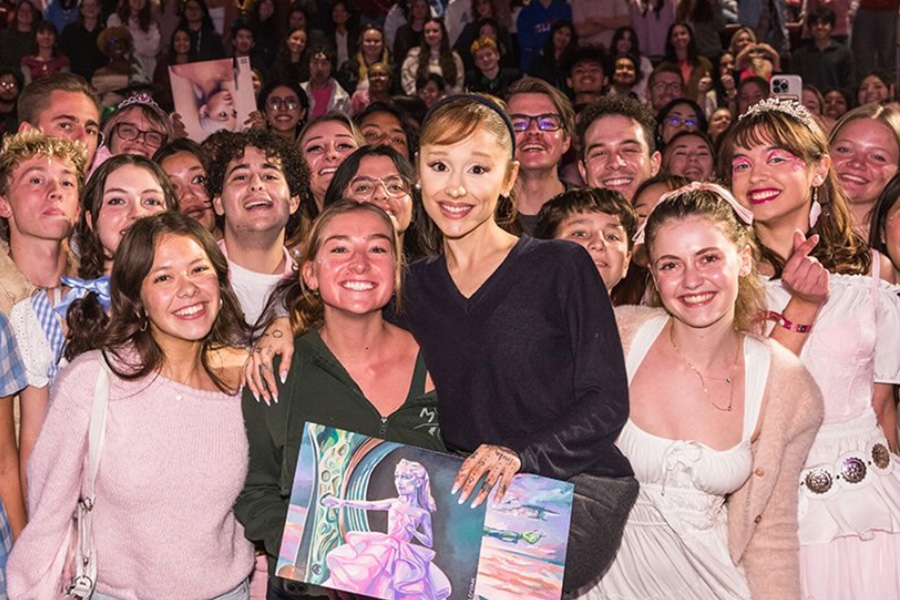Written by Jacob Watson and Erin A. Lekovic
Songs by Laura Stratford
Produced by Laura Stratford
In Daybreak, a play with music, spaceship floats above Earth. On it are Miles, a young scientist, and Jeanette, a seasoned astronaut. Back…
Written by Jacob Watson and Erin A. Lekovic
Songs by Laura Stratford
Produced by Laura Stratford
In Daybreak, a play with music, spaceship floats above Earth. On it are Miles, a young scientist, and Jeanette, a seasoned astronaut. Back…

Scandal! Mary Bennet is causing quite the spectacle in Meryton…
The Other Bennet Sister offers a fresh take on one of Jane Austen’s most unassuming characters: Mary Bennet. Forced to step out of her sisters’ shadows, Mary embarks on a journey…

Scandal! Mary Bennet is causing quite the spectacle in Meryton…
The Other Bennet Sister offers a fresh take on one of Jane Austen’s most unassuming characters: Mary Bennet. Forced to step out of her sisters’ shadows, Mary embarks on a journey…

Bela Bajaria, Netflix’s Chief Content Officer, said: “Christmas Gameday just got a whole lot cooler. We’re uniting two global cultural juggernauts, the NFL and the one and only Snoop Dogg, who will drop the hottest halftime show. As a West…

Five-time GRAMMY Award-nominated singer, songwriter, actor and philanthropist Josh Groban today announced several North American tour dates, including a stop at GIANT Center on Wednesday, June 10, 2026 at 8…


Mariah Carey is going to add some American pop-star pedigree to the opening ceremony for the Milan Cortina Winter Olympics.
The local organizing committee announced on Monday that the 56-year-old Carey – the “All I Want for Christmas is You”…

…

A jacket worn by singer Mariah Carey at Brighton Pride has sold for £4,100 ($5,500) at auction.
The bright pink jacket was listed on eBay to raise funds for GLAAD, an LGBTQ+ media advocacy organisation.
It has the phrase Protect the Dolls on the…

Boston, MA – December 16, 2025: MASTERPIECE PBS has announced that alongside Bonnie Productions, it is developing Miss Austen Season 2. This newest season is largely based on Gill Hornby’s latest novel, The Elopement, which further delves into…